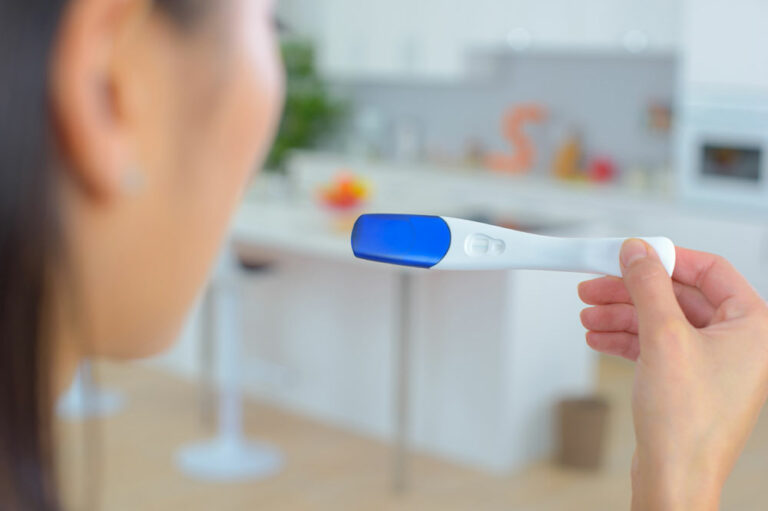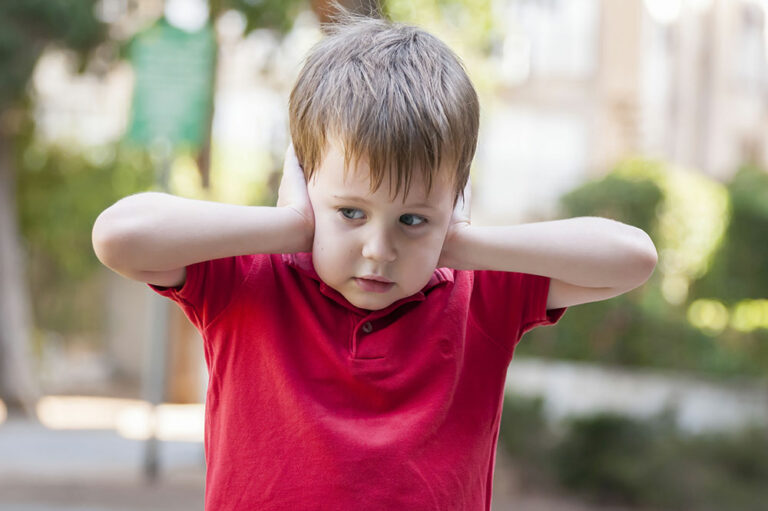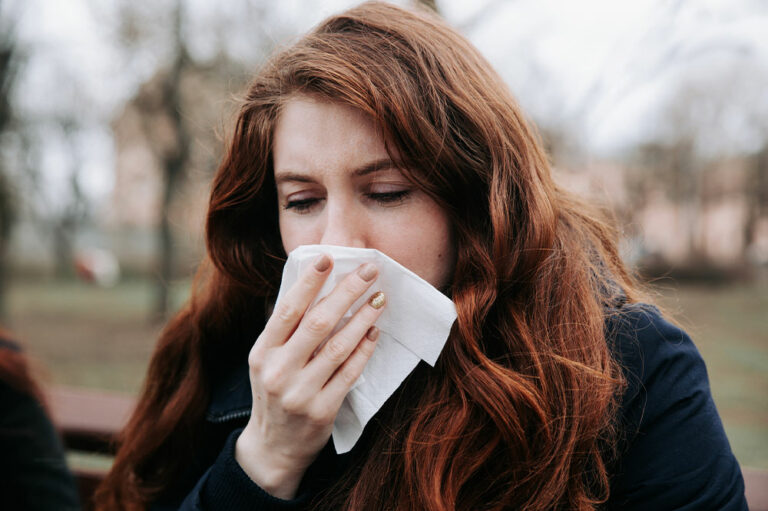
health
7 foods that tackle dementia and improve cognition
Dementia is a general term used for impaired thinking, memory loss, or inability to make decisions that can impact one’s ability to perform daily activities. One of the most common types of this phenomenon is Alzheimer’s disease. A person affected by dementia may require treatment to cope with the condition. However, since dementia affects the brain, one should eat these six foods to prevent or delay the onset of age-related cognitive decline or Alzheimer’s disease. Salmon Salmon and other fatty fish like mackerel and tuna are other foods one should eat regularly. These fish varieties are abundant in omega-3 fatty acids with DHA to help prevent dementia. Broccoli Rich in vitamin B and carotenoids, broccoli can reduce homocysteine levels. The compound is an amino acid that may result in brain atrophy, cognitive decline, and dementia. So moderating its levels could benefit one’s overall cognition. Eggs Eggs offer several health benefits, including ones vital for cognitive function. For example, it is abundant in omega-3 fatty acids, which can fight and prevent dementia and maintain overall brain health. Spinach The leafy green is rich in essential B vitamins like folate and B9, which help boost cognitive function. So adding spinach to one’s meals may help prevent or fight the effects of mental health conditions. Raspberries Eating raspberries during meals nourishes the body with anthocyanin, a flavonoid known to reduce or halt the progression of brain damage caused by free radicals. Furthermore, the berry is rich in antioxidants and vitamins that help curb inflammation and maintain overall brain health. Flax seeds When one adds flax seeds to their meals, they can benefit from their antioxidants, zinc, omega-3s, and vitamin E composition. The nutrition received from these seeds may help reduce cognitive decline, subsequently complementing brain health. Almonds Munching a handful of almonds during the day can nourish the body with vital nutrients like magnesium, healthy fats, and vitamins E and B.










